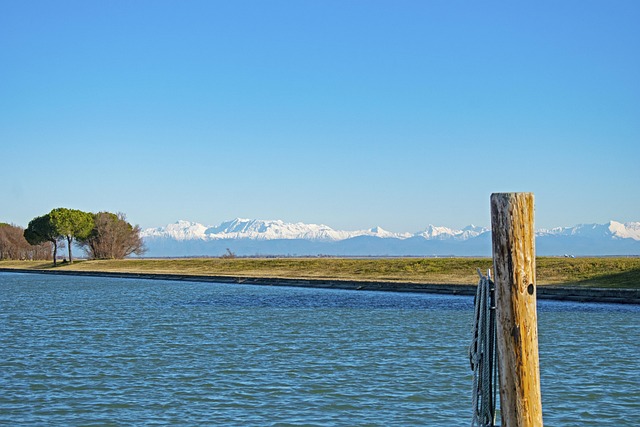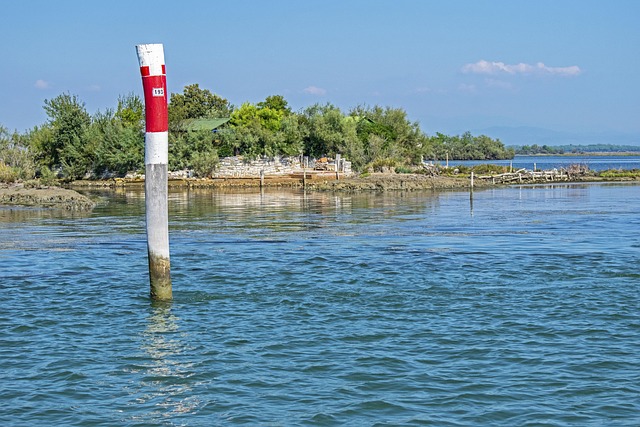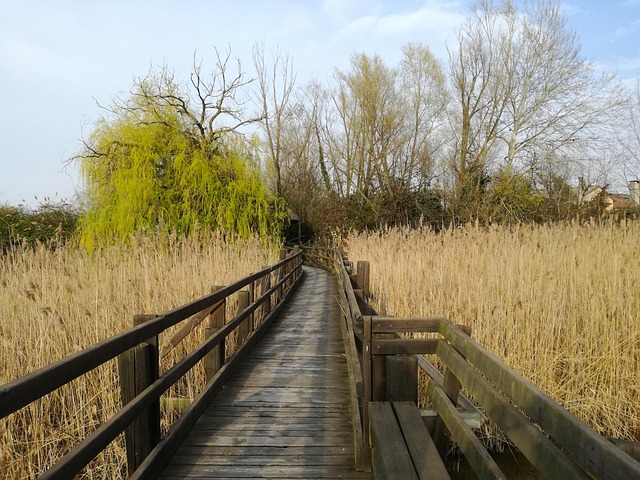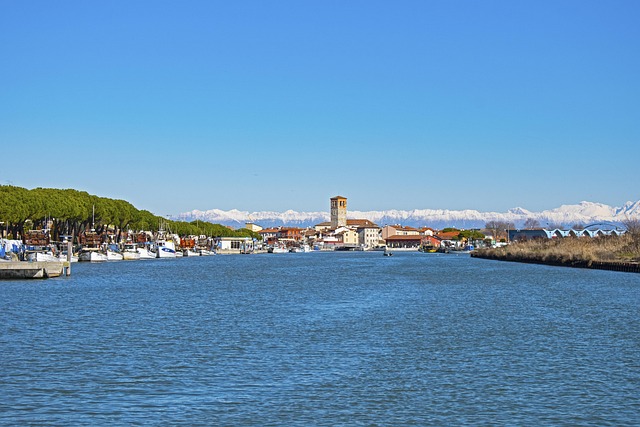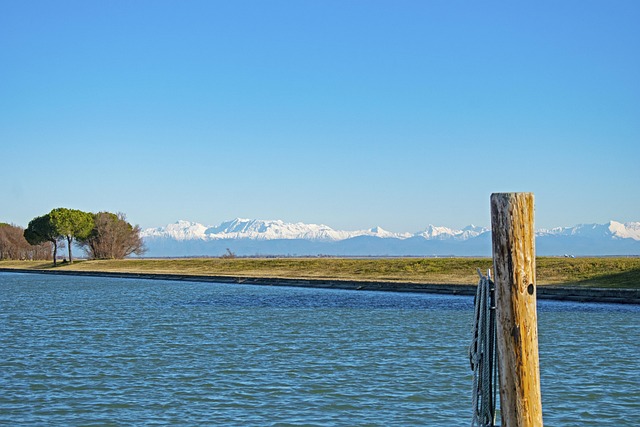Community events significantly impact the local real estate market by fostering social connections, enhancing property appeal, and providing valuable insights for both residents and developers. These events, such as cultural festivals and clean-up drives, create a sense of community that attracts prospective buyers while offering agents and developers opportunities to connect with residents, showcase projects, and gather feedback. Strategic planning, including goal setting, location selection, and effective communication, ensures successful gatherings that strengthen local connections and market sustainability in the real estate industry.
Community events play a pivotal role in shaping local engagement and vibrant neighborhoods. This article explores how these gatherings influence the real estate market, foster deep-rooted connections, and create thriving communities. We delve into strategies for organizing successful events, from identifying key activities to maximizing participation. By understanding the power of community, real estate professionals can navigate market dynamics while building strong local ties. Engage with these insights to unlock the potential of your neighborhood through collective effort.
The Role of Community Events in Real Estate Market Dynamics
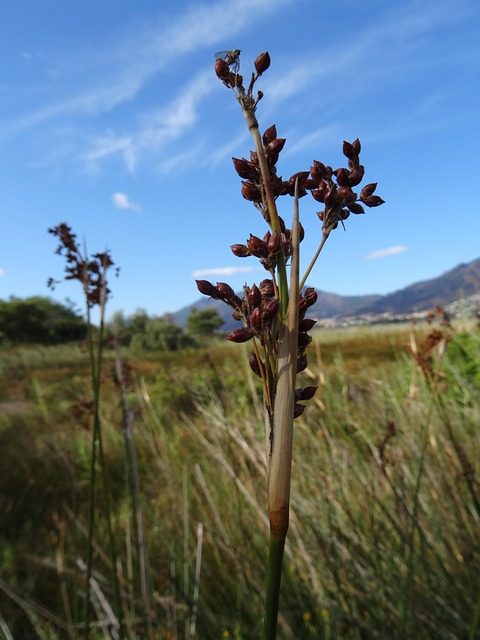
Community events play a significant role in shaping the dynamics of the local real estate market. These gatherings bring people together, fostering a sense of belonging and community spirit. In turn, this increases the desirability and value of properties within that area. When potential buyers visit these events, they gain insights into the neighborhood’s character, its social vibrancy, and often discover hidden gems—from local businesses to upcoming developments. This experience can significantly influence their decision-making process when considering a place to live or invest in real estate.
Moreover, community events provide an excellent platform for real estate agents and developers to connect with residents. They offer opportunities to showcase new projects, understand market trends, and gather feedback from the local population. By actively participating in these events, professionals can tailor their offerings to meet the specific needs and preferences of potential clients, ultimately driving the real estate market forward and ensuring its sustainability.
Building Strong Local Connections Through Engaging Activities
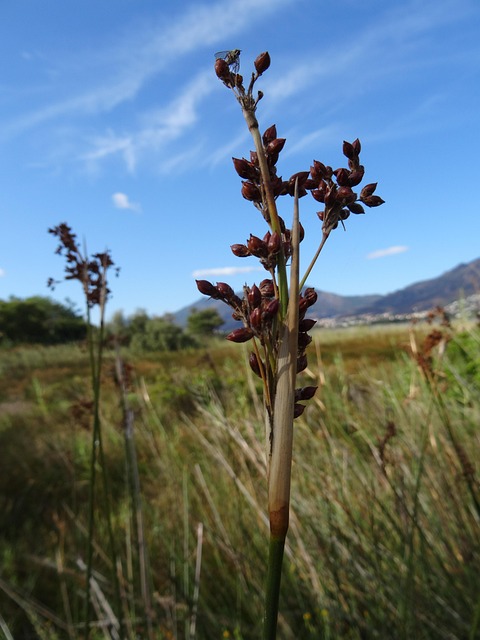
Community events play a pivotal role in fostering strong local connections and enhancing the overall livability of an area, which is particularly appealing to those in the real estate industry. These gatherings bring neighbors together, creating opportunities for interpersonal interactions that can lead to lasting friendships and a sense of belonging. By organizing engaging activities, communities encourage residents to step out of their homes, interact with their surroundings, and form deeper bonds with their fellow community members.
Such events can range from local festivals celebrating cultural diversity to neighborhood clean-up drives or volunteer initiatives. These activities not only beautify public spaces but also foster a collaborative spirit among participants. The sense of camaraderie that develops during these gatherings contributes to a thriving community atmosphere, making it an attractive prospect for prospective residents and a desirable asset for real estate professionals looking to showcase the area’s vibrant social fabric.
Strategies for Organizing Effective Community Gatherings
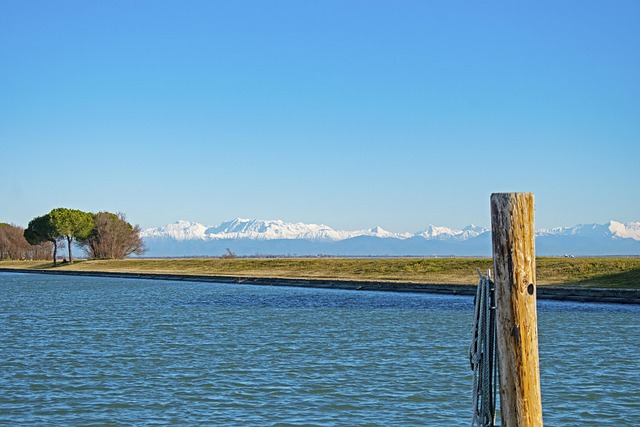
Organizing effective community gatherings requires a strategic approach, especially in real estate markets where local engagement is key to success. Start by identifying the goals of the event – whether it’s building neighborhood connections, showcasing property developments, or raising awareness about local issues. Next, choose an inclusive location accessible to all residents. Consider venues that offer ample space for activities and interactions, like community parks or local schools.
To attract participants, leverage various communication channels. Utilize social media platforms, email newsletters, and traditional flyers distributed through door-to-door campaigns or local businesses. Incorporate interactive elements such as workshops, games, or performances to engage attendees actively. Ensure smooth coordination by forming a dedicated event planning committee comprising volunteers from within the community. This collaborative approach fosters ownership and encourages sustained participation beyond the gathering’s conclusion.
